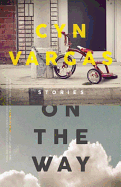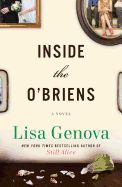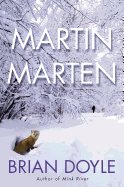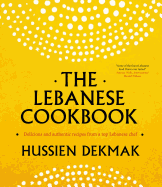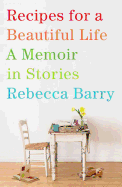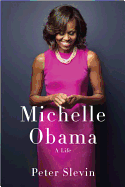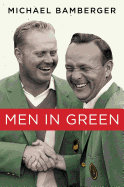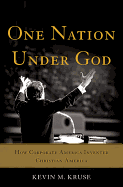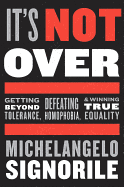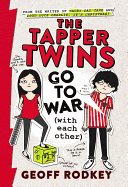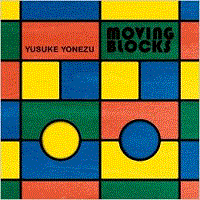.jpeg) |
| photo: Etta Recke |
Kevin Kruse is a professor of History at Princeton University, and was named one of the country's top young innovators in the Arts and Sciences by Smithsonian magazine. His first book, White Flight, explored the history of white resistance to desegregation in Atlanta in the 1960s and '70s, and he has co-authored three other histories. His new book, One Nation Under God (reviewed below), traces the history of religious nationalism in the United States in the 20th century.
One Nation Under God is a big, complex book. How would you describe it?
The book tries to trace the origins of the religious culture in the United States that we take for granted today. There's so much debate in recent decades between liberals and conservatives over what seems to be a pretty simple question: Are we a Christian nation?
Instead of trying to dig back into another round of what the Founding Fathers believed, I simply wanted to try to figure out why so many Americans in the modern era came to believe that we are a Christian nation in the first place.
That led me back to the 1950s. In a span of just about five years, we saw the creation of the annual National Day of Prayer and National Prayer Breakfasts; the adoption of prayers at inaugurations and cabinet meetings; the addition of "Under God" to the Pledge of Allegiance; and the adoption of "In God We Trust" (first on stamps, then on paper money, and finally as the nation's first official motto in 1956).
So all of these things that Americans today point to as proof that we are a Christian nation only came about in the 1950s. I wanted to explore why, to understand where that all came from.
Is the book you set out to write, or did the research change your theories and ideas?
When I started the project in 2005, I planned for it to be a lot like my first book, White Flight, which was a grassroots study of race in Atlanta. With One Nation Under God, I set out to look at the grassroots of religious conservatism. My original plan was to look at the communities that made up the founding basis of the Moral Majority in 1979 to see what was going on in terms of the grassroots mobilization of religious conservatives in the 1960s and '70s.
As I started my research, specifically on the issue of school prayer, I was struck by how many of the letters sent to local politicians and to Hugo Black [the Supreme Court justice who wrote the 1962 decision in the case of prayer in public schools, Engel v. Vitale] invoked those well-known symbols of public religion: "Aren't we 'One Nation Under God?' " "Isn't our motto 'In God We Trust?' " "How can school prayer be wrong if the president is praying at this prayer breakfast?" That went against everything I'd been taught--that, according to the courts and the lawyers, these items don't matter because they are "ceremonial deism," purely ornamental.
But what came out in these letters was that they really do matter. So then I wanted to look at where this culture came from. The more I looked at this national story of the 1950s, the more I found threads that led me back to the New Deal.
Even though the common proof points of America's history as a Christian nation were born in the 1950s, not with the Founding Fathers, there is an argument to be made that God is referenced in some of the earliest documents of the United States.
There's a reason that Christian libertarians continually referred to the Declaration of Independence and not the Constitution--the Declaration of Independence does mention the Creator. There's no mention of God in the Constitution except in the framing of "the year of our Lord" in the signing. The only references to religion there are in the First Amendment, and the ban on making religious tests for office-holding.
One of the early moments that can be used to track the change in thinking between the founders' time and Eisenhower's time is the Treaty of Tripoli of 1796. That document very clearly states that the government of the United States of America is in no sense founded on the Christian religion. This is a treaty that was begun by Washington, signed by Adams, passed unanimously by a Senate whose members were half-filled with signers of the Constitution. In that sense, I think it's clear that the founders did not intend to create a formal Christian nation.
 What was most surprising in your research?
What was most surprising in your research?
I naively assumed this would be a story of religious leaders pushing for public religion, and atheists and secularists pushing back. What was surprising as I dug into the issue of school prayer, in particular, was how many leaders of mainstream religious groups were opposed to it. It makes sense once you get into the arguments and really think about it: religious leaders felt they were the best choice to lead religious instruction, and didn't want that handed over to the state.
One Nation Under God is not the story of the religious against the irreligious, but rather people who take their religion very seriously and didn't want to see it flattened out into a one-size-fits-all-space. It's very powerful to see religious leaders holding the position that now we'd think only secularists would hold.
Given the tense and polarized political climate now, how hard was it to write a neutral account of this political history?
I'm not trying to be polemical, I'm trying to relate the past as it happened and give all sides. Maybe I was well-prepared for this by my first book, which was an attempt to understand the case of segregationists in the civil rights movement--which I don't agree with, but wanted to present on its own terms in its own arguments.
So here, I was trying to lay out the arguments on both sides and show their complexities. Any kind of moralizing gets in the way of that. A history book can also be dated if it speaks too much to a moment in the author's own life rather than as how the participants understood it. It's a very difficult line to walk.
There are an astounding number of books on the intersection of politics and religion, particularly in the United States. How do you see your book fitting in with varying other histories on this subject?
Any historian's goal is try to speak to a seemingly familiar topic from a fresh angle, and I hope I've done that here. People have written about this moment in the 1950s before. The general literature has emphasized the role of the Cold War, so I think I'm bringing something new to the discussion by focusing on the role of domestic politics. A lot has also been written about the Moral Majority and the religious right from the '80s onward, and I hope that this can give a little bit of the back story for that, though it's not a perfect correlation.
It's a big, active and bustling field, full of terrific books, and I'm excited to be part of the new conversation. –Kerry McHugh, blogger at Entomology of a Bookworm
Kevin Kruse: The Invention of Christian America
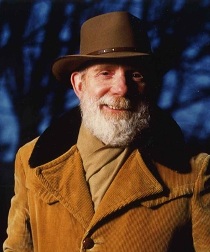 Doig wrote 16 books, including Last Bus to Wisdom, which will be published on August 18 by Riverhead. The Center for the American West honored him with the prestigious Wallace Stegner Award in 2007, and he received the Western Literature Association's Distinguished Achievement Award in 1989. He garnered more awards from the Pacific Northwest Booksellers Association than any other writer. Thomas Keneally said, "Ivan Doig has been, from This House of Sky, his first grand entry into literature, one of the great American voices, full of grace, abounding in humanity, easeful in narration, hypnotic in pace, grand in range."
Doig wrote 16 books, including Last Bus to Wisdom, which will be published on August 18 by Riverhead. The Center for the American West honored him with the prestigious Wallace Stegner Award in 2007, and he received the Western Literature Association's Distinguished Achievement Award in 1989. He garnered more awards from the Pacific Northwest Booksellers Association than any other writer. Thomas Keneally said, "Ivan Doig has been, from This House of Sky, his first grand entry into literature, one of the great American voices, full of grace, abounding in humanity, easeful in narration, hypnotic in pace, grand in range."


.jpeg)
 What was most surprising in your research?
What was most surprising in your research?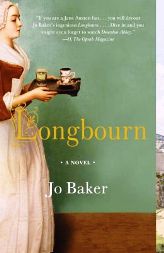 In her 2013 novel Longbourn (Vintage), Jo Baker takes the periphery characters from Jane Austen's classic novel Pride and Prejudice--the servants who cook, clean and care for the Bennet family--and puts them center stage. Sarah, an orphaned housemaid, is hardly even mentioned by Austen, but she's the protagonist of Longbourn. She spends her days toiling for the Bennets while dreaming of something more. Her world is upended when a mysterious new footman arrives at Longbourn, and a romance begins to blossom.
In her 2013 novel Longbourn (Vintage), Jo Baker takes the periphery characters from Jane Austen's classic novel Pride and Prejudice--the servants who cook, clean and care for the Bennet family--and puts them center stage. Sarah, an orphaned housemaid, is hardly even mentioned by Austen, but she's the protagonist of Longbourn. She spends her days toiling for the Bennets while dreaming of something more. Her world is upended when a mysterious new footman arrives at Longbourn, and a romance begins to blossom.
